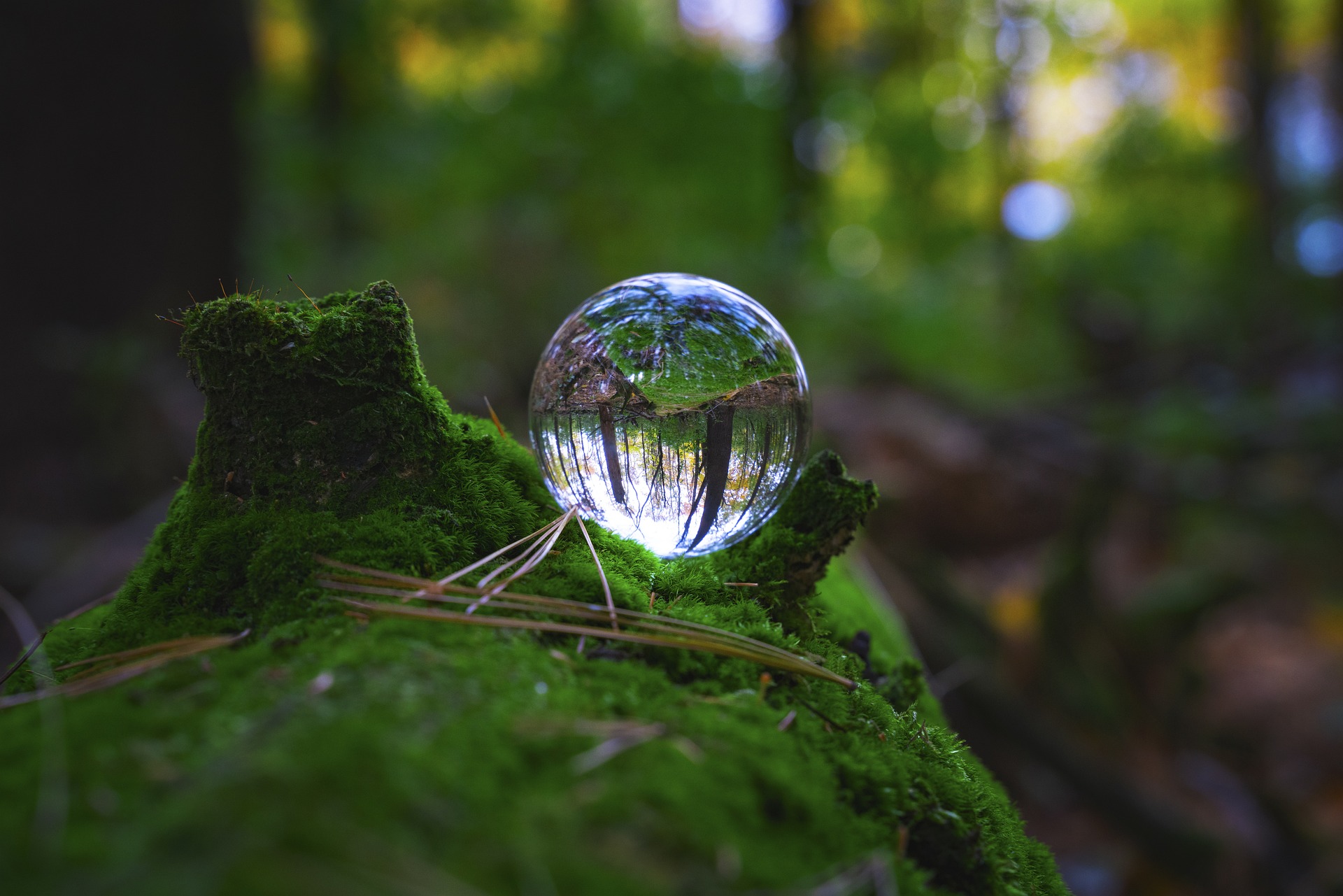Transforming Society: The Power of Green Spaces in Urban Areas
We live in a world where urbanization is increasing at an unprecedented rate. Amidst this trend, the value and importance of green spaces in urban areas are often overlooked. Read below as we delve into the transformative power of urban greenery, its impact on people, and society as a whole.

The Crucial Role of Urban Green Spaces
Green spaces in urban areas, such as parks, gardens, and tree-lined streets, play a significant role in enhancing the quality of life for city dwellers. They provide a much-needed respite from the hustle and bustle of city life, offering a place to relax, exercise, and connect with nature. Evidence suggests that exposure to green spaces can reduce stress levels, improve mental health, and even boost cognitive function.
Green Spaces and Community Cohesion
Urban green spaces also serve as a platform for community interactions, fostering a sense of belonging and cohesion. They are places where people from diverse backgrounds can come together, fostering a sense of unity and mutual respect. Community gardens, in particular, encourage active participation from residents, promoting a sense of ownership and contributing to community development.
The Environmental Impact of Green Spaces
From an environmental perspective, green spaces in cities offer an array of benefits. They mitigate urban heat island effects, provide habitats for wildlife, improve air quality, and aid in stormwater management. Furthermore, urban greenery contributes to carbon sequestration, playing a significant role in combating climate change.
The Economic Value of Urban Greenery
Urban green spaces also have a profound economic impact. They add value to nearby properties, attract tourists, and provide opportunities for local businesses. Moreover, they contribute to savings in public health costs by promoting physical activity and mental well-being.
Policy Implications and Future Directions
Despite their numerous benefits, urban green spaces are often threatened by rapid urbanization and a lack of adequate planning. It is crucial for policymakers to recognize their value and make them an integral part of urban planning and development. Initiatives such as tree planting campaigns, the creation of more public parks, and the preservation of existing green spaces should be prioritized.
- Urban green spaces reduce stress and improve mental health.
- These spaces foster community cohesion and promote a sense of unity.
- Green spaces in cities mitigate urban heat island effects and improve air quality.
- They have a significant economic impact, including adding value to properties and attracting tourists.
- Policymakers should prioritize the creation and preservation of urban green spaces.
In conclusion, urban green spaces play an essential role in transforming society. They enhance our quality of life, foster community cohesion, provide environmental benefits, and hold significant economic value. As we stride towards a future marked by rapid urbanization, it is more important than ever to recognize and harness the power of green spaces in our cities. Their preservation, creation, and integration into our urban landscapes should be a high priority for all stakeholders involved in city planning and development.




